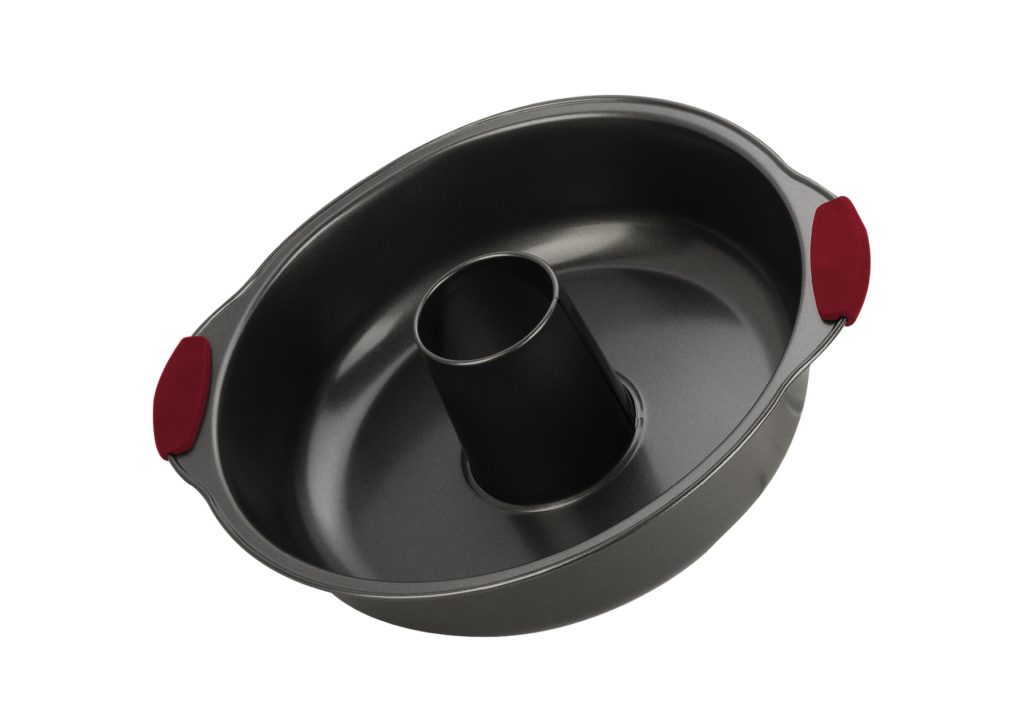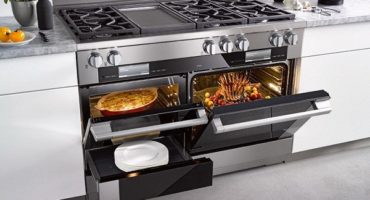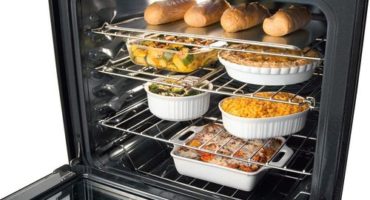Would you like to pamper your family or friends with delicious and fragrant pastries? Responsibly approach the process: carefully measure, thoroughly beat, carefully mix, pour and sprinkle with love. And here again - and it doesn’t work! It burns from above or below, without baking inside. All the work in vain. Moody ovens beat off any desire to cook something in them.
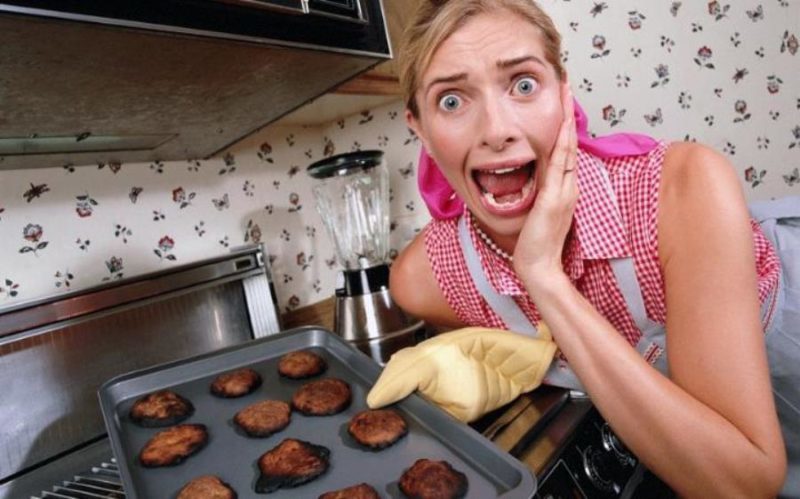
In fact, this unit is not at all capricious if you know its basic operating rules and use them correctly. It will not be superfluous to study the instructions, since there can be described the nuances of the work of your model, which other ovens do not have.
Oven Rules
- Nothing extra. When cooking buns, pizza and pies, be sure to remove all foreign objects from the oven. Even a small saucepan or baking sheet violates the proper distribution of the flow of hot air;
- Maximum warm up. We turn on the gas at full power for 15 minutes, after which we reduce the temperature to the desired prescription. After another 5 minutes, you can place the buns in the oven;
- Correct location. Place the cake with the future pie on the oven grate, placing it in the middle. So the heat will flow freely around the product, evenly warming it from all sides;
- Hands off the door. In the process of cooking, it is better not to look into the oven at all. Or look at the minimum number of times, and best of all - through a window specially designed for these purposes. With each opening, the temperature inside the oven decreases, which many types of dough really dislike. They may even fall or settle! Yes, such attention is also harmful to the meat roast, and a beautiful crust may not work;

- Relaxation. The oven is off, but it’s better not to rush when you take out the finished dish. The food should stand for a while and rest, get to condition.
Why does baking burn in a gas or electric oven
Most often, the mistresses of gas ovens complain about products burning up from below. In this case, compliance with temperature conditions, recipes and small folk tricks to combat naughty ovens will help.
But it also happens that the top crust of a dish burns. What should I do if baking from above burns in the oven?
- Adjust the temperature to a lower one;
- Rearrange the tray with pies from the upper grill to the middle;
- Cover the crust with a sheet of foil or wet paper.
What about electric ovens? There are a great many of them now - of different sizes, shapes and configurations. What are their advantages?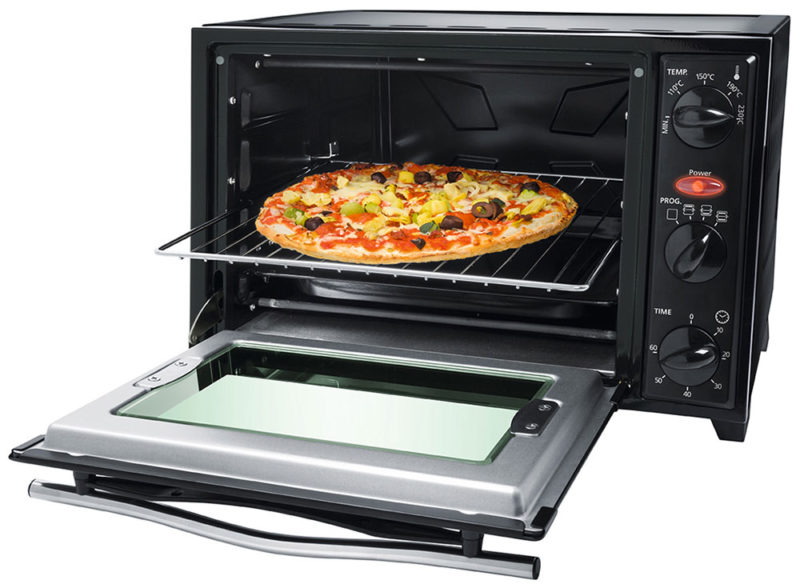
Due to the uniform heating on both sides (top and bottom), convection and grill, a uniform distribution of heat and the desired temperature regime for each individual dish are achieved.
It is very convenient that such an oven is equipped with a timer and a thermostat, which itself maintains the desired temperature. And in the instructions supplied by the manufacturer there are convenient signs explaining the use of a particular mode.

The main causes of burning in such ovens are the improper use of these modes, they must be strictly adhered to. And also, like for gas, for electric ovens, folk methods for improving the quality of baking are suitable, which we will discuss below.
Secrets of the temperature regime
- Follow the recipe. What temperature is indicated in it, it is at this temperature that we prepare the dish;
- Such important pallets.Sometimes even the use of trays from other ovens can block the circulation of hot air and ruin the baking;
- Pay attention to the size. A large pie needs more time to bake, but a lower temperature than a small one. Small baked goods at low temperature will not bake, but simply dry;
- Sequence. In the gas oven, the main level is average, and we start from it. Then, after evaluating the cooking process, we rearrange it up (brown the crust) or down (if you need to fry the bottom);
- Universal temperature. The optimal mode is 180ºС, but there are dishes that do not obey this regime:
Pizza - 220 ° C
Meringue - 140 ° C
Lasagna - 200 ° C
Fish - 150-180 ° C
Pies with filling and just large pies - 190-200 ° С
Small pies and small pastries - 200-220 ° С
The importance of the recipe
Sometimes, despite all the efforts and efforts, the cake still remains raw inside and burnt outside. Then it is logical to assume that the point is in the test itself, since each of its species loves an individual approach.
Shortbread dough
Use chilled ingredients. The oil should be soft but not melted. Egg whites are best removed altogether.
This dough should not be kneaded for a long time. From this, it condenses, becoming hard and easily burns.
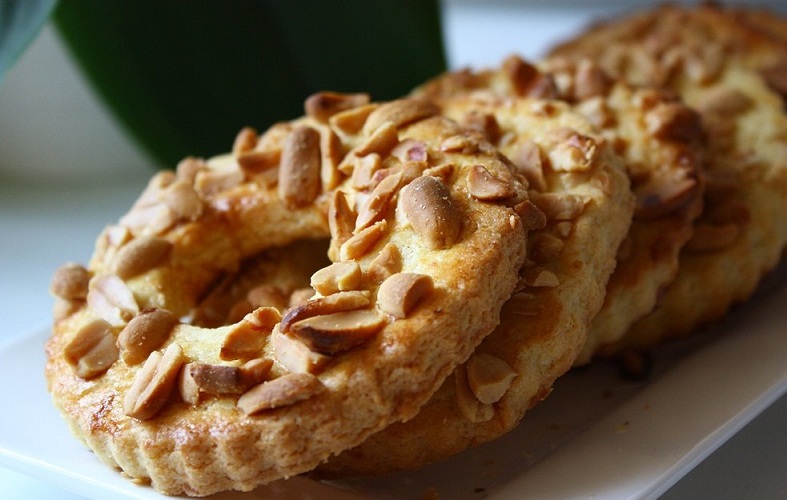
Puff pastry
One wet, inedible cake instead of crispy, ruddy plates? Perhaps, instead of butter chopped with a knife, you put melted into the dough, which is unacceptable in this recipe. Or baked a layered treat at a low temperature? It should reach 200-220 ° C.

Yeast dough
Loves leisurely and thorough kneading. But flour should be in moderation. And of course, this kind of test should stand up and rise. Without this, it immediately seizes in the oven with a crust and burns.
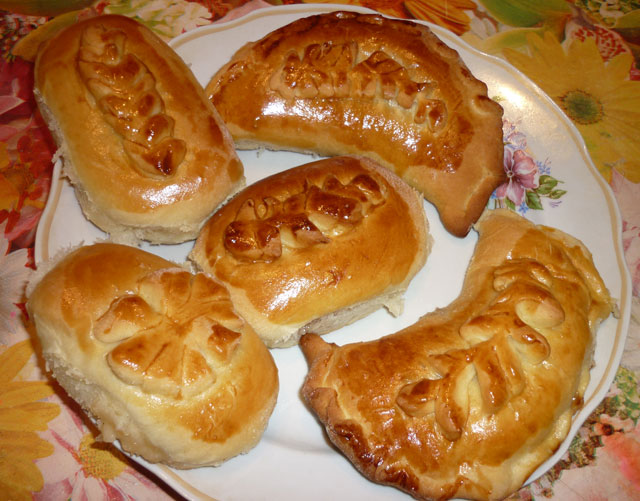
Biscuit
This is a gentle, magnificent dough on eggs. Proteins and yolks for him need to be beaten separately, and after mixing all the ingredients, immediately send the product to a preheated oven.
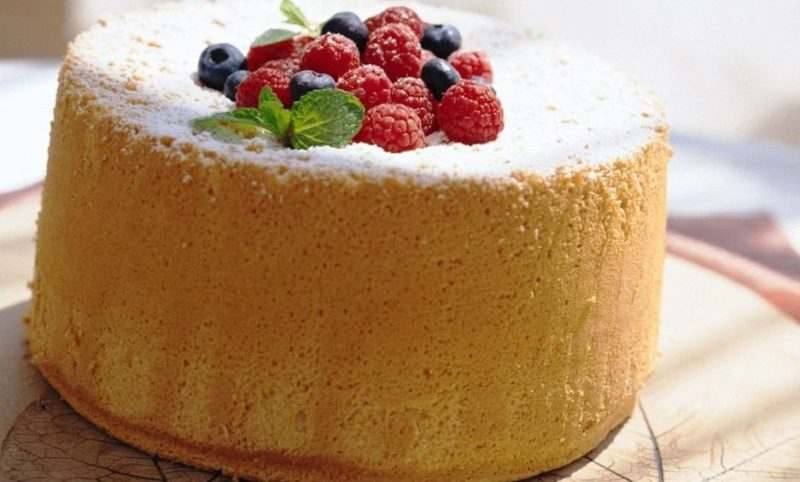
What else can interfere with proper baking?
- Badly beaten eggs;
- Excess sugar and butter;
- Prolonged presence of soda in the test. Put baking in the oven immediately after the introduction of this ingredient.
Taming the shrews folk methods
In gas stoves, the disadvantage is uneven heating. Gas burns below, so it’s the hottest there. You can try to adjust the nozzles for a more even distribution of heat, only a master can do this. But there are special ways proven by the mistresses and the time:
- A special stone for baking. You can use ordinary red brick. Due to their finely porous structure, they warm well and perfectly accumulate and distribute heat;
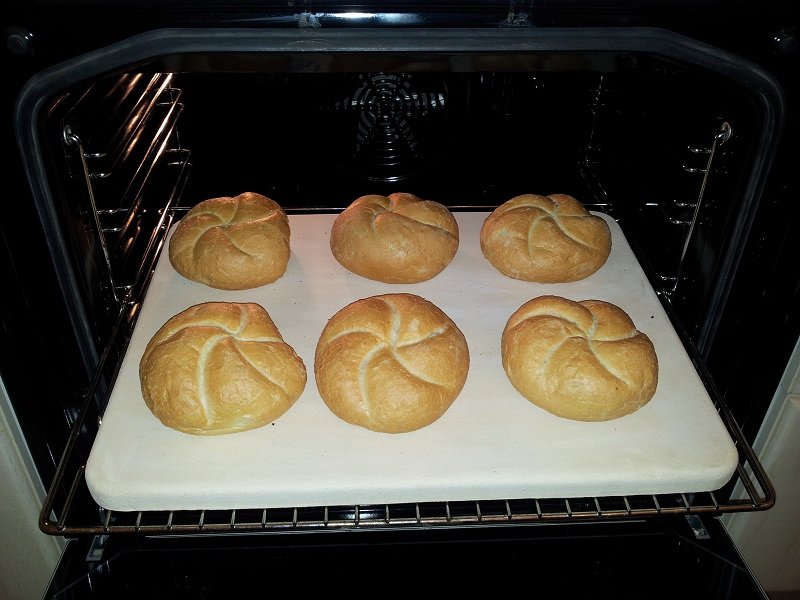
- A baking sheet with 1-2 kilograms of coarse rock salt or sand, placed at the bottom of the oven. Salt will take away excess heat, allowing your dish to bake and not burn. You can use it many times. Over time, the salt is sintered into a uniform crust, which does not affect its beneficial properties;
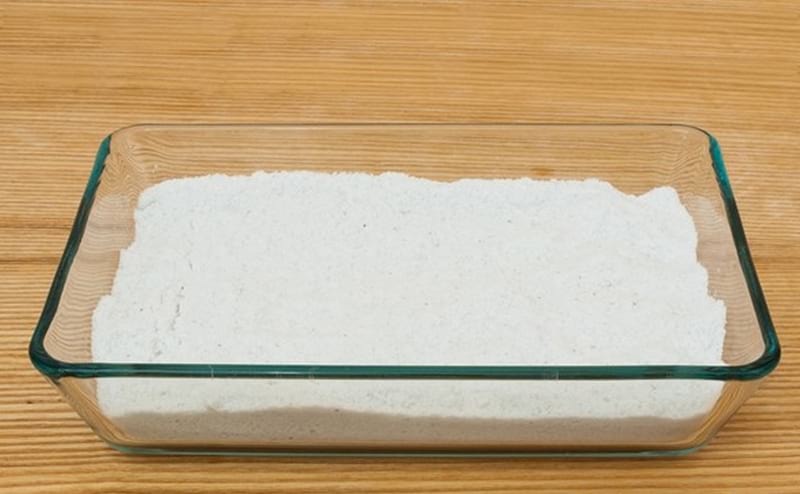
- Metal dishes with water. The liquid must be poured in a timely manner, otherwise the burnt vegetables or meat will not say thank you. And also this method is not suitable for small baking;
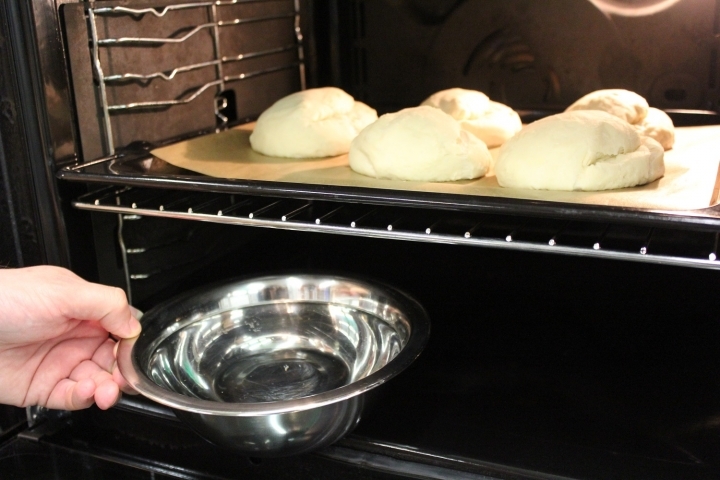
- A special shape with a hole in the middle also contributes to better baking of the filling inside the cake.
